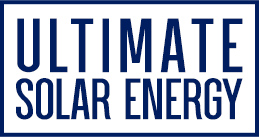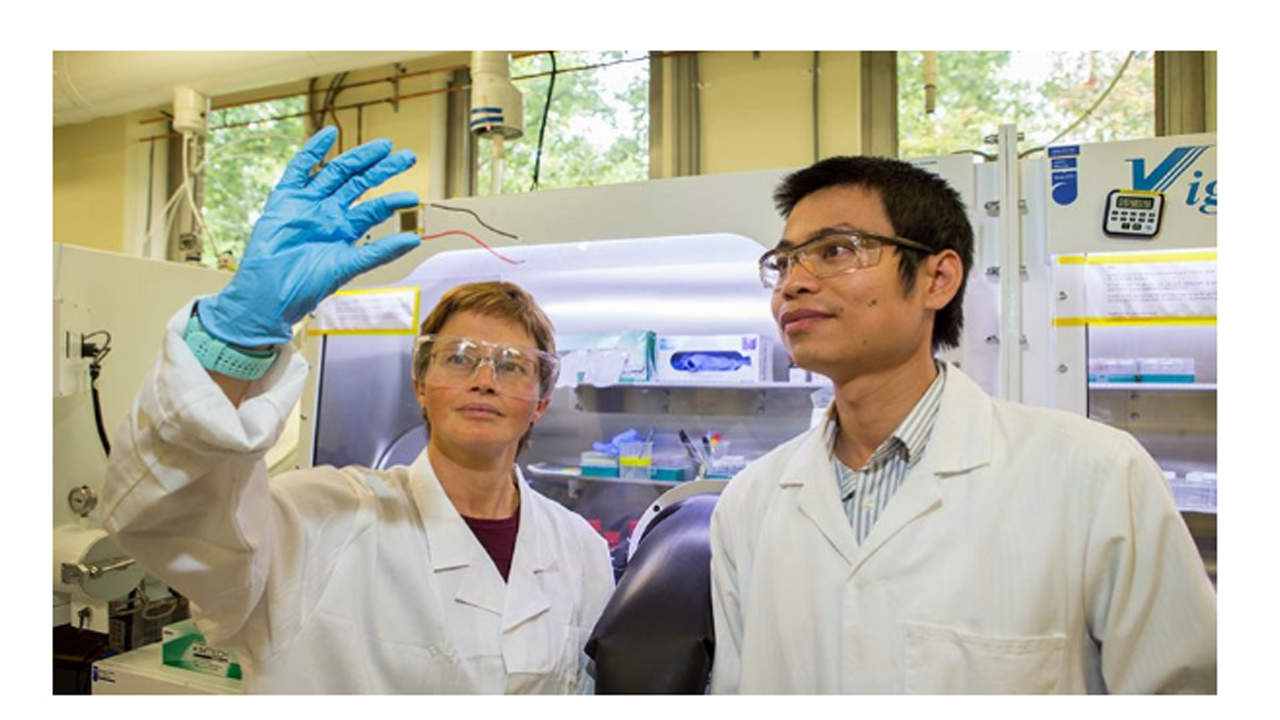Australian researchers smash efficiency record for ‘tandem solar cells’
Layering of Solar Panels in Australia Research 2020:
Researchers at the Australian National University set a new efficiency world record for ‘tandem solar cells’, which stack two different types of solar modules on top of each other to achieve dramatic increases in performance.
The researchers believe that the layering of multiple types of solar cells to achieve higher efficiencies could be on the cusp of becoming commercially viable, and commonplace within the next few years.
The research started with a conventional silicon solar cell that is led by a team at the ANU in Canberra , which is commonly used in most solar panels currently available on the market. On top of the silicon wafer, the researchers successfully layered a perovskite solar cell, which is produced using organic and inorganic materials, rather than silicon wafers, to convert sunlight into electricity.
The two layers are then able to absorb different parts of the light spectrum, maximising the amount of sunlight which is converted into electricity. Working together, the two layers are able to use more of the solar energy reaching the cells, as each work best with lights of different wavelengths.
Many commercially available silicon solar cells achieve a conversion efficiency of above 20 per cent. In setting a new record for ‘mechanically-stacked perovskite-silicon tandem cells’, the ANU research team were able to use the combined outputs of the two different layers to achieve a conversion efficiency of 27.7 per cent, and are aiming to go above 30 per cent for their next goal.
It means that solar panels could be able to produce as much as 50 per cent more electricity using the same amount of sunlight, compared to solar panels currently available on the market.
“Silicon solar cells currently dominate the market, however the efficiency of silicon solar cells is going to reach the limit in the next five to 10 years,” the ANU’s professor Kylie Catchpole said.
“This result demonstrates the potential of tandem solar cells. They can make better use of certain parts of the solar spectrum – for example high energy blue photons.”
“This will lead to more efficient and more cost effective solar cells and solar energy sources.”
The research team believes the breakthrough will have a significant impact on the global market for solar energy, and expects that the first commercially available “tandem” solar cells could hit the market within the next few years.
The International Technology Roadmap for Photovoltaics predicts tandem solar cells will appear in mass production in 2023, so we’re very close,” lead researcher Dr The Duong said.
“This new efficiency result will help to improve the commercial competitiveness of this technology.”
“It’s exciting to think that a new technology that has the potential to benefit the entire planet is being developed here in Canberra.”
The research team will now focus on improving the efficiency of the tandem solar cells, as well as improving the stability of the materials to ensure they suitable for commercial deployment.
While Australia undertakes almost no manufacturing of solar modules, it has long been a leader in global solar research which has brought solar energy to the point of being one of the cheapest forms of new electricity generation capacity globally.
The research achievement from the ANU is the latest achievement from Australian institutions in photovoltaic technologies, and follows new records for ‘quantum dot’ solar cells set by researchers at the University of Queensland and research being undertaken at UNSW and the University of Sydney into the integration of solar cells into materials and the surfaces of structures, including ‘solar skins’.
The research, published in the journal Advanced Energy Materials, was by a team of researchers at the Australian National University and was supported by a grant from the Australian Renewable Energy Agency.


